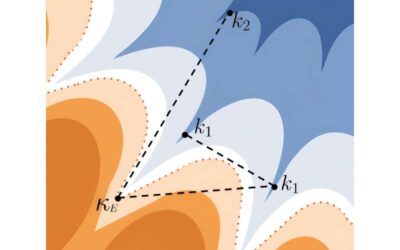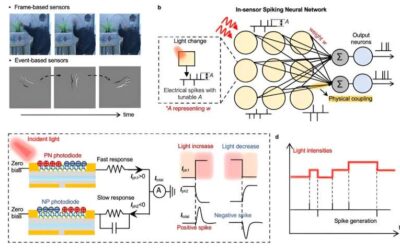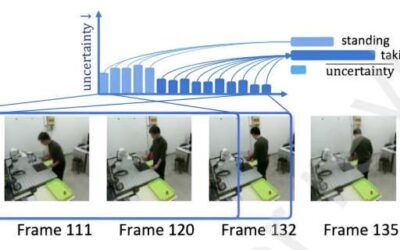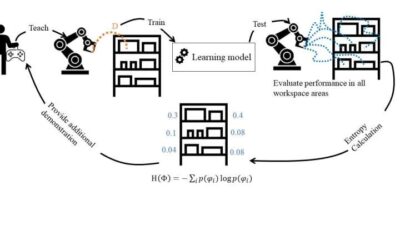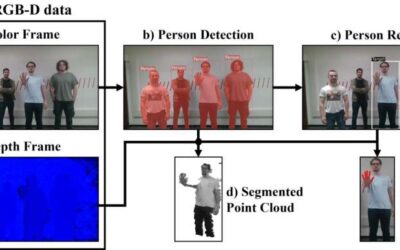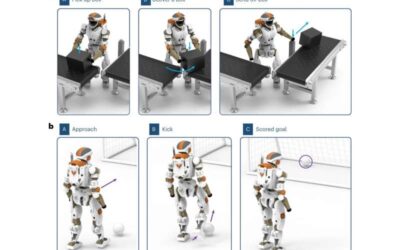Recent numerical studies investigating neural networks have found that solutions typically found by modern machine learning algorithms lie in complex extended regions of the loss landscape. In these regions, zero-energy paths between pairs of distant solutions can be...
Machine learning & AI
Can large language models detect sarcasm?
Large language models (LLMs) are advanced deep learning algorithms that can analyze prompts in various human languages, subsequently generating realistic and exhaustive answers. This promising class of natural language processing (NLP) models has become increasingly...
Computational event-driven vision sensors that convert motion into spiking signals
Neuromorphic vision sensors are unique sensing devices that automatically respond to environmental changes, such as a different brightness in their surrounding environment. These sensors mimic the functioning of the human nervous system, artificially replicating the...
Testing the biological reasoning capabilities of large language models
Large language models (LLMs) are advanced deep learning algorithms that can process written or spoken prompts and generate texts in response to these prompts. These models have recently become increasingly popular and are now helping many users to create summaries of...
Dobb-E: A framework to train multi-skilled robots for domestic use
Roboticists have been trying to develop robots that can tackle various everyday house chores, such as washing dishes or tidying up, for several years. However, so far none of the robots created has been commercialized adopted on a large scale.
A digital twin system that could enhance collaborative human-robot product assembly
Robotics systems have already been introduced in numerous real-world settings, including some industrial and manufacturing facilities. In these facilities, robots can assist human assembly line and warehouse workers, assembling some parts of products with high...
Gathering more effective human demonstrations to teach robots new skills
To effectively assist humans in real-world settings, robots should be able to learn new skills and adapt their actions based on what users require them to do at different times. One way to achieve this would be to design computational approaches that allow robots to...
Study shows that large language models can strategically deceive users when under pressure
Artificial intelligence (AI) tools are now widely employed worldwide, assisting both engineers and non-expert users with a wide range of tasks. Assessing the safety and reliability of these tools is thus of utmost importance, as it could ultimately help to better...
A new model that allows robots to re-identify and follow human users
In recent years, roboticists and computer scientists have introduced various new computational tools that could improve interactions between robots and humans in real-world settings. The overreaching goal of these tools is to make robots more responsive and attuned to...
Using hierarchical generative models to enhance the motor control of autonomous robots
To best move in their surrounding environment and tackle everyday tasks, robots should be able to perform complex motions, effectively coordinating the movement of individual limbs. Roboticists and computer scientists have thus been trying to develop computational...

